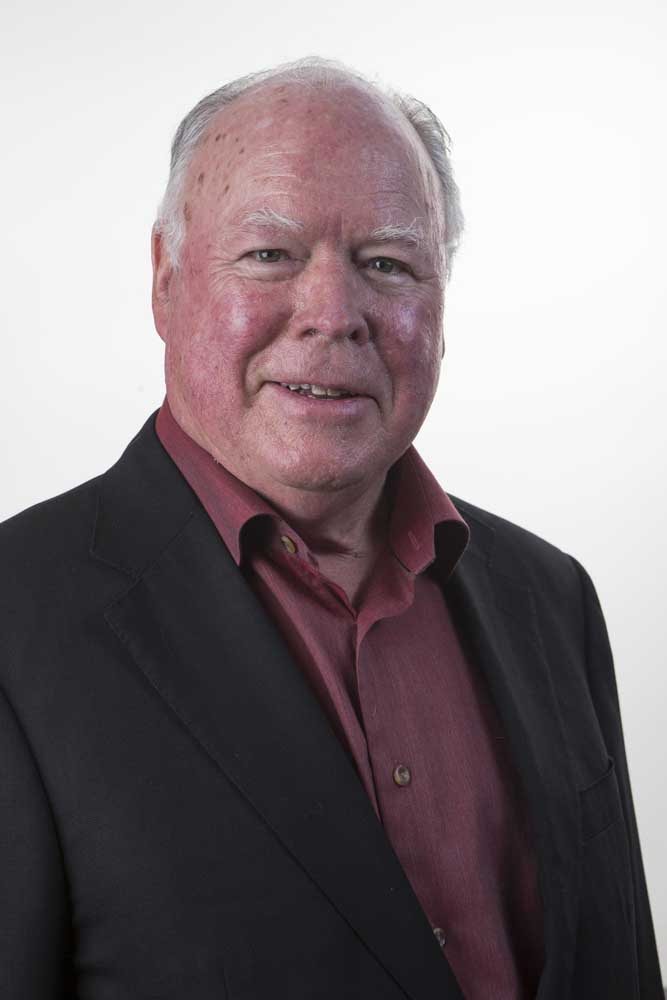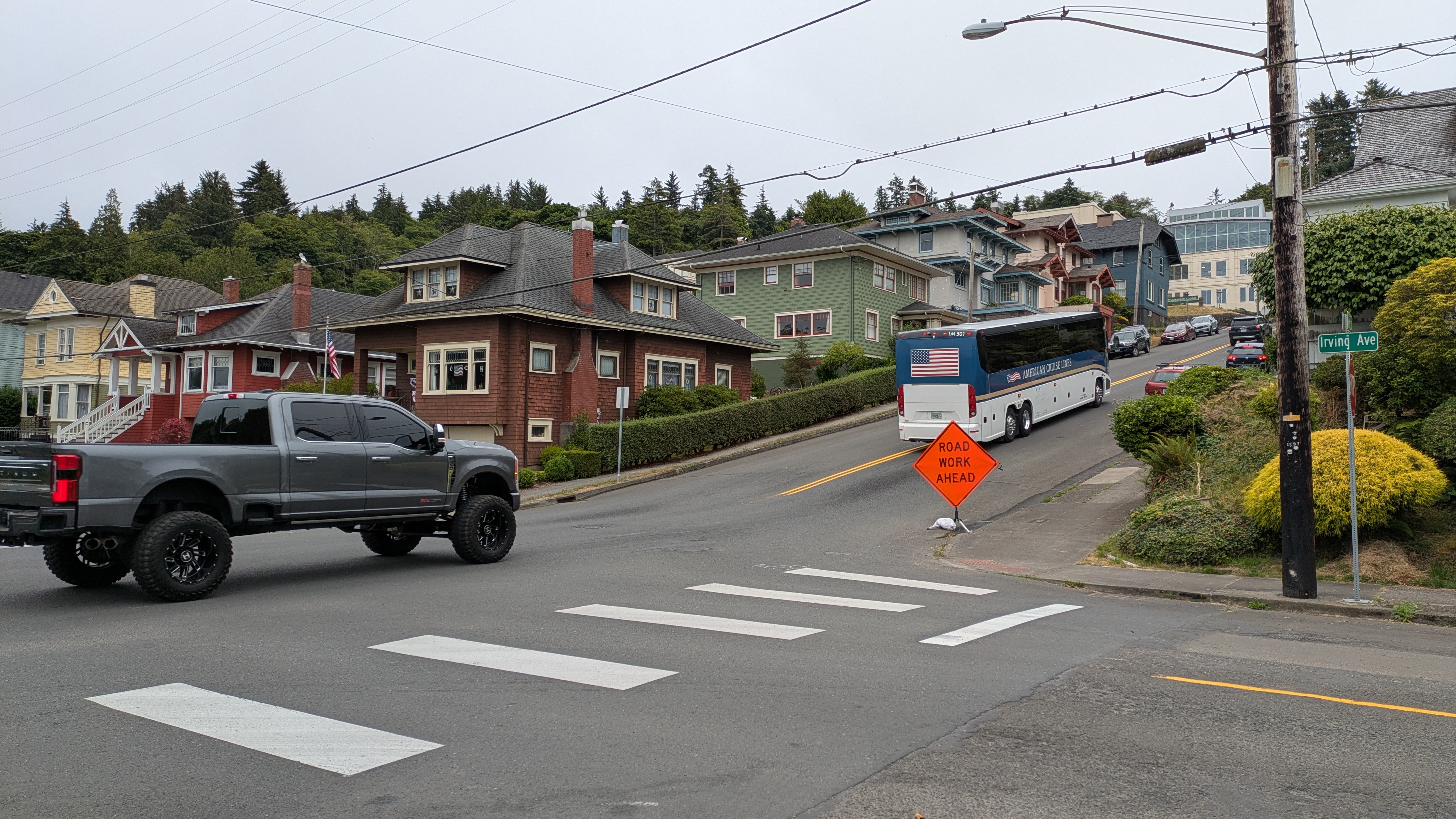Writer’s Notebook: Astoria’s rebirth began with Henningsgaard
Published 5:45 pm Sunday, August 22, 2021

- Steve Forrester
When Edith Hennningsgaard was widowed in 1980, she could have spent a quiet life.
Trending
Instead, she chose to become a civic leader of enormous consequence. In the election of 1982, Henningsgaard became the first woman mayor of Astoria, and she used her power and influence to move the city’s government into a new era. Her work seeded the ground for a rebirth that, over time, led to the fruits we view today.
It was an era in which big cities such as Portland were becoming professionalized in their municipal governments. But not necessarily small towns. In her choice to hire Jim Flint as city manager, she saw youth, academic and real-life experience that was gained in another state. Seeking professionalization was at odds with traditional good old boy politics.
Flint‘s choice as police chief was equally transformational. Ron Louie brought academic as well as practical policing experience. Assuming command of the Astoria Police Department, Louie encountered a host of bad practices that, if exposed, would have led to lawsuits and bad press. Louie recollects that, “She gave general direction toward professionalization.” More than half of the Astoria department changed within 24 months of Louie’s arrival.
Trending
The third jewel in Mayor Henningsgaard’s lineup was Paul Benoit, whom Flint hired to be community development director. Benoit’s vision and enterprise led to the Astoria Riverwalk and Mill Pond. When voters chose to move the Clatsop County Fairgrounds from the middle of Astoria, Benoit redeveloped it with the Astoria Aquatic Center, the Oregon State University Seafood Laboratory and Astoria Gateway Cinemas.
By the time Willis Van Dusen succeeded Henningsgaard as mayor in 1991, she had set the table. Van Dusen said as much during his final City Council meeting in 2014. But Van Dusen was also an improbable actor. While he was a lifelong Astorian, he chose not to be content with inertia that held the town back. Like Henningsgaard, Van Dusen was impatient for change.
The result of those two mayors was a small town that long ago turned the corner. They recognized that the bedrock natural resources economy of the region was changing. They got it that the world was changing. Instead of resisting that dynamic, they embraced it.









